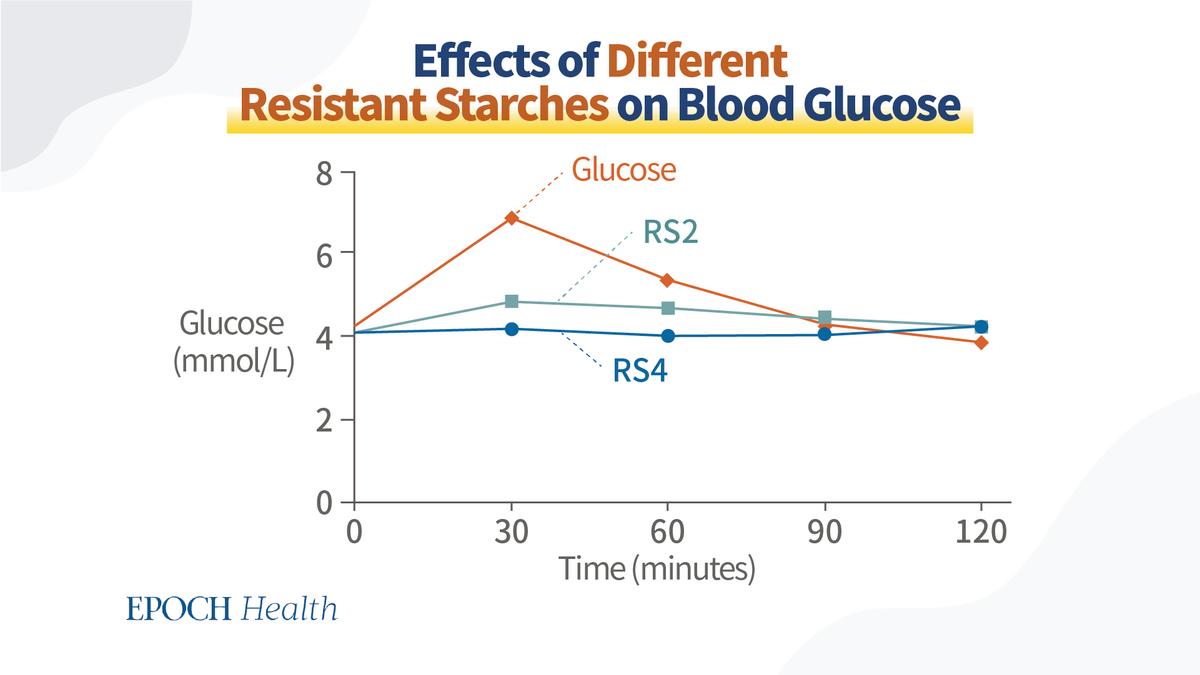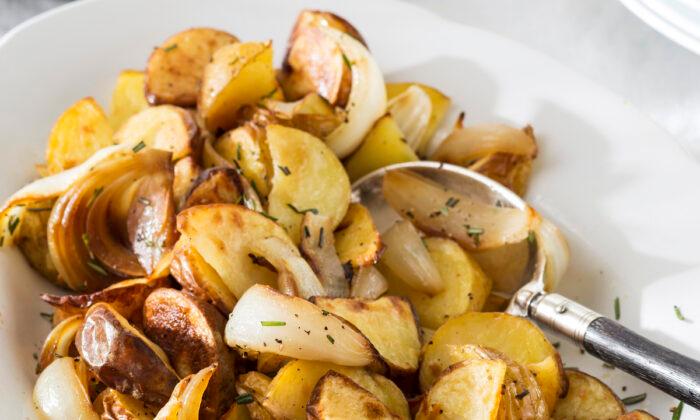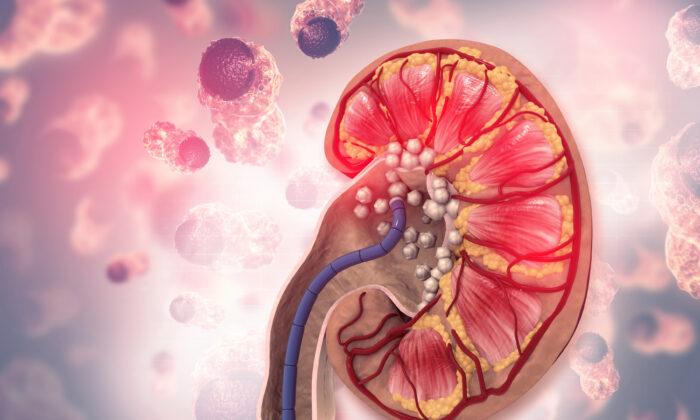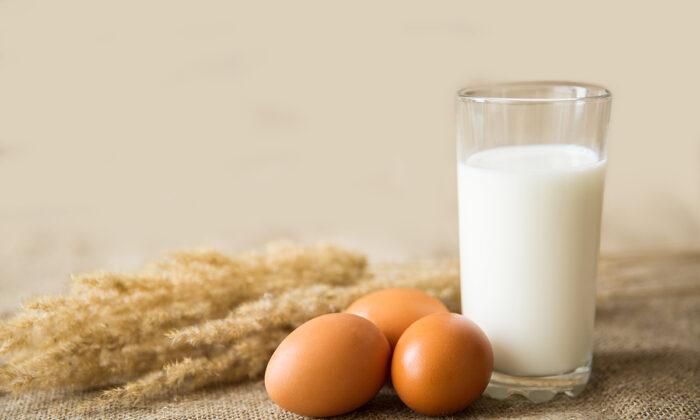Carbohydrates are an important source of energy for the human body, but they can also cause fluctuations in blood sugar, and excessive blood sugar fluctuations can be harmful to the body. This isn’t just a concern for diabetics.
So how do we eat carbohydrates without worrying and reduce the impact on blood sugar at the same time?
When one finishes a meal, blood sugar levels will rise. At this time, the pancreas will secrete insulin, allowing cells to use blood sugar, and so the blood sugar level will gradually drop. This curve of blood glucose changes should exhibit steady rises and falls. However, if this curve rises rapidly, rises significantly, or falls rapidly, such blood sugar fluctuations are not good for diabetics, people with metabolic syndrome, or the general population.
Poorly controlled blood glucose and excessive blood sugar
fluctuations in diabetics can lead to complications of diabetes, including nephropathy, nerve damage, retinopathy, stroke, and heart diseases, among others.
Since
fluctuations in blood glucose increase oxidative stress in people with diabetes, they can lead to cellular dysfunction and tissue damage. The damage to the vascular endothelium is greater with fluctuations in blood glucose than with chronic persistent hyperglycemia, which can lead to
cardiovascular diseases and higher mortality. In a meta-analysis published in the British Medical Journal, 60 percent to 80 percent of diabetic patients die from vascular diseases.
Although patients with
metabolic syndrome do not exhibit obvious
symptoms, they
tend to have abdominal obesity, and high blood glucose, high blood pressure and high blood lipid levels. This is also considered prediabetes, and patients who do not control their blood sugar well will eventually develop type 2 diabetes.
For the general population, blood sugar fluctuations will bring obesity, constant hunger, and some physical and mental discomfort, and these symptoms eventually may also develop into metabolic syndrome and/or diabetes.
With the rapid rise of blood sugar, the body will secrete more and more insulin to lower blood sugar quickly, making the body mistakenly think that it lacks energy and feel hungry. If you eat again, you will stimulate more insulin secretion, resulting in low blood sugar, thus forming a vicious cycle that causes insulin resistance.
Excessive insulin causes
low blood glucose levels, which in turn can
cause sleepiness, fatigue, dizziness, difficulty concentrating, heart palpitations, tremors, irritability and/or depression. In addition, excessive blood sugar that is not
used by the cells will also be turned into body fat by insulin and stored in the body.
2 Main Causes of Blood Sugar Fluctuations
The causes of blood sugar fluctuations are related to the glycemic index (GI) and glycemic load (GL) of carbohydrates.
- The higher the GI of a food item, the faster blood sugar rises
Whole grains, starchy vegetables, legumes, nuts, seeds, vegetables, fruits, milk, and other dairy products are all common natural sources of carbohydrates.
There are three types of carbohydrates: sugar, starch, and fiber.
Sugar is the simplest form of carbohydrate, and because of its simple structure, it can be quickly broken down and used by the body, causing a rapid rise in blood sugar. In addition to fruits and vegetables, milk, other natural foods, and many processed foods also contain sugar.
Starch is a complex carbohydrate that takes the body some time to digest and convert it into glucose for the body to use.
Fiber is also a complex carbohydrate, but it cannot be digested or broken down, so it will not affect blood sugar.
There is another kind of starch called resistant starch. Nutritionist Aeris Chen pointed out that although it is a type of starch, it cannot be digested or absorbed by the intestines, similar to dietary fiber. So it will not be broken down into glucose, thus helping maintain blood sugar stability. In addition, resistant starch can also become the food for the intestinal probiotics.
Since one food item contains a variety of ingredients, you can look at its glycemic index to assess the impact of different carbohydrates on the rise of blood sugar.
Usually, refined foods with high sugar content, which have lost a lot of fiber during processing or cooking, are more easily absorbed by the body and then cause a rapid rise in blood sugar. This type of food tends to have a
higher GI. On the contrary, lower GI foods can make blood sugar stable.
Common high GI foods include sugary drinks, pastries, snacks, instant oatmeal, breakfast tortilla chips, French fries, baked potatoes, white bread, white rice, and honey.
In addition,
fruit ripeness also affects blood sugar. For instance, unripe green bananas contain more resistant starch and have a low GI. As these bananas ripen more, their GI will continue to rise, as the amount of resistant starch decreases. Therefore, when considering blood sugar, you should avoid overripe bananas with brown spots.
- The higher the glycemic load, the longer the blood sugar rises
Dr. David Gu, director of HouFeng Diabetes & Hemodialysis Clinic in Taiwan, specializes in treating diabetes and kidney diseases. He pointed out that the glycemic load is the total amount of carbohydrates consumed that affect the overall absorption of blood sugar.
Put simply, the GI shows how fast blood sugar rises, and the GL shows how long blood sugar rises.
A large-scale
study conducted by Harvard University found that long-term intake of high GL foods is associated with the development of type 2 diabetes.
Even if you eat low GI foods, you still have to pay attention to things like amount of food and the balance of your GL. For example, eating too much low GI pasta will increase your carbohydrate intake and also cause blood sugar to rise too high, because its GL has become higher. In addition, bananas don’t have a high GI, but its total carbohydrate content is relatively high, which will cause a moderate rise in blood sugar; however, the blood sugar level will continue to rise for a long period of time before it slowly drops.
3 Ways to Eat Staple Foods without Fearing Blood Sugar Spikes
When eating carbohydrates, especially whole grains, cereals, fruits and dairy products that raise blood sugar, there are several ways to avoid excessive blood sugar fluctuations.
- Add resistant starch
Increasing the amount of
resistant starch (RS) in food
can help control blood sugar and
improve insulin sensitivity. There are four common types of resistant starch:
RS1: It is found in grains, seeds, and legumes. It is embedded in the food matrix and cannot be digested or absorbed by the digestive enzymes of the intestines. However, grinding or chewing the food may reduce its amount of resistant starch.
RS2: It is found in some starchy foods, including raw potatoes and unripe green bananas. This type of starch is inherently resistant, but decreases as the food matures or is cooked.
RS3: It is produced by cooking and then cooling. For instance, rice, pasta, and potatoes that have cooled after cooking, and bread that is baked and cooled.
RS4: It is made by chemical processing and used as a functional food additive to replace refined grain flour with low nutritional value.
Besides
reducing the postprandial (after meal) blood glucose level, resistant starches can also extend this effect to the second meal. For example, eating a breakfast with resistant starch can reduce the blood glucose spike at lunchtime.
Among the natural foods
containing resistant starch, legumes are considered one of the best sources of resistant starch. Compared with other foods, the resistant starch is less damaged when beans are cooked, and the amount of resistant starch is increased after cooling.
A 2018
study discovered that the addition of RS4 to muffins significantly reduced postprandial glycemic response. In comparison with the control group, subjects who consumed resistant starch had 33 percent lower postprandial blood glucose, 8 percent lower peak blood glucose, and 38 percent lower postprandial insulin levels.
A
study published in the Journal of Nutrition and Metabolism compared the effects of RS2 and RS4 resistant starch on blood glucose. It was discovered that both resistant starches significantly lowered blood glucose, but RS4 performed better.
2. Pay attention to cooking methods and food consumption order
It is important to note that the duration and
method of cooking will change the structure and nature of starch.
The longer you cook starchy foods such as pasta and rice, the softer they become, the easier it is to digest and absorb them, and naturally the higher their GI become.
Baked tubers, such as sweet potatoes and potatoes, will have increased GI. Deep-frying can reduce their GI, because the oil can delay the starch’s decomposition, but fried foods are not healthy, so they’re not recommended. However, boiling foods and then letting them cool down can increase the amount of their resistant starch, which helps control blood sugar.
The order of food consumption is also important. According to Dr. Gu, the correct food consumption order for blood sugar control is: dietary fiber (vegetables) → protein (beans, eggs, and meat) → starch (rice and noodles).
Since fiber can delay the digestion and absorption of carbohydrates, and protein has a buffering effect, blood sugar will not suddenly rise. Eating vegetables and meat first can also increase the sense of satiety, so you will not end up eating too much starch.
- Consuming high GI foods together with low GI foods
Many high GI all-natural foods have good nutritional value, such as bananas, mangoes, and papayas. So they can be consumed in moderation or with low GI foods to balance the impact on blood sugar levels.
Some high GI refined staples can also be consumed with low GI foods. According to Aeris Chen, when cooking white rice, you can mix in some grains, cereals, or brown rice, to lower the overall GI. Toasted sandwiches with vegetables, eggs, or meat are also conducive to blood sugar control. For those who love noodles, you can choose spaghetti or buckwheat noodles instead of white flour noodles, or use Shirataki noodles (made from konjac yams) with higher fiber content to replace some of the noodles.
You can also choose more low to medium GI foods, including brown rice, quinoas, buckwheat, oats, pastas, groundnuts, taros, non-starchy vegetables, nuts, seeds, beans, pears, apples, and strawberries.
Low GI foods have several characteristics: they are less processed foods, all-natural foods, foods not made from white flour, foods with high fiber content, and foods with fat or acid content, which are converted to sugar slowly. However, as aforementioned, it is still important for us to watch our food intake to avoid elevated GL.








Friends Read Free